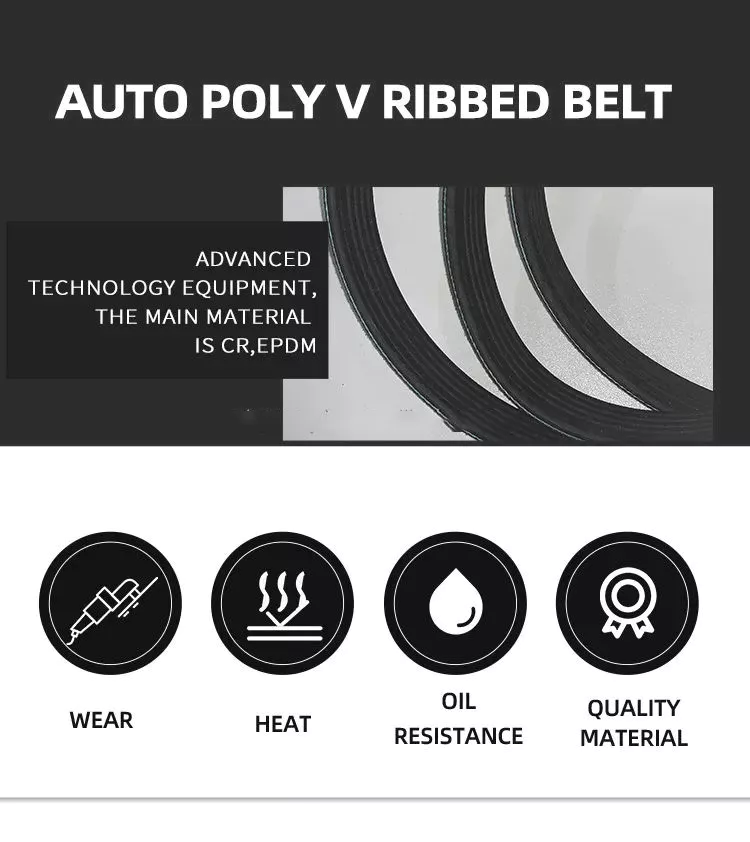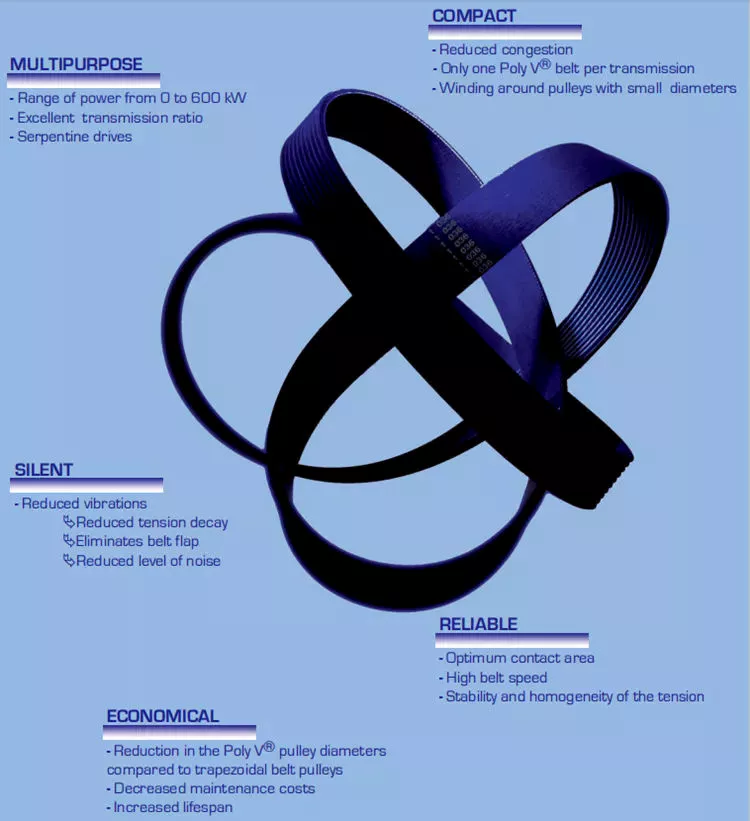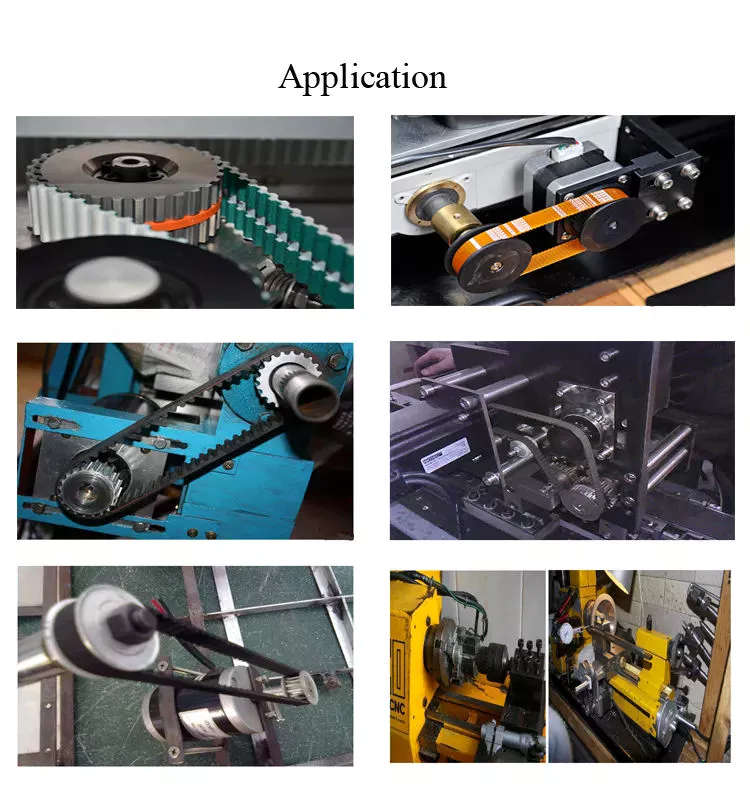Product Description
Basic Info
| Model NO. | VG260006571 |
| Type | Transmission System |
| Color | Silver and Black |
| Main Market | Main Market |
| Material | Steel and Plastic |
| Warranty | 3 Months |
| Aplication | HOWO, Golden Prince |
| Transport Package | Customized Design Is Available |
| Specification | 1PC/BOX |
| Origin | China |
| HS Code | 87089992 |
We can supply :
Cummins Engine and spare parts
Sinotruk Engine and spare parts
Weichai Engine and spare parts
Hino Engine and spare parts
Iveco Engine and spare parts
Shangchai Engine and spare parts
Dachai Engine and spare parts
Faw (HangZhou) Engine and spare parts
Yuchai Engine and spare parts
Company profile:
Our company has focused on truck parts and engineering machinery parts export for over 5 years. It covers truck of Sinotruck, Shacman, Foton, FAW, SANY, JAC, Hino, Isuzu, CZPT etc., engine of CZPT & WEICHAI, Yuchai, Shangchai, Xichai, etc, and engineering machinery of Liugong, SDLG, Shantui etc.
Our most of parts have 3 kinds of grades:
1. Original
2. OEM
3. Copy
All products are certified to international quality standards ISO9001 and TS16949. It can satisfy the distributor to get profit and the transporter to get high quality.
Our warehouse covers area more than 2000 square meters with 26 employees, and the office is more than 300 square meters. We warmly welcome you to visit our company.
Our sevice:
1.Customized design, logo, color
2. Long term after-sale service
3. Multi payment terms
4. Multi delivery terms
FAQ
Q: What is your main products?
A:We mainly sell truck parts and diesel engine parts.
Q: Do you have any other products?
A:Yes, we have many other diesel engine spare parts.
Q: How to place orders?
A :The order is from your inqiuries.
1,Confrim PI (the engine model, price, quantity, packing, delivery time, shipping way, time of payment).
2,You make payment and send us receipt of payment.
3,We get to start preparing the goods when we receive payment from you. (The goods will be sent between 48 hours to 72 hours if we have in stock. The goods will be sent before the delivery time and the sample will send to you for checking.)
4,We would deliver goods after we get balance from you. The order finish when you get goods and feel satisfied.
Q: What is the MOQ?
A:We provide sample and will arrange goods as your requirements.
Q: How to make payment?
A:After you confirm PI, you can pay thruogh Alibaba Trade Assurance,Wire transfer, Western union, Paypal, Cash. (The production order can be pay 30% deposit first, after we arranged well, then you pay the balance.)
Q: Could you give guarantee ?
A:Yes, 1 year warranty.
Q: What kind of packing you can provide?
A:We can provide packing as your requirements or neutral packing or our own trademark packing.
If you are interested in our parts, please feel to cotact:
Ms. Lea Feng
Why Timing Belts Are So Important
What is a timing belt? A timing belt is a toothed synchronous belt that transfers rotary motion from the central motor to the drive pulley. Newer cars often have a synchronous timing belt to increase efficiency. Compared to traditional belts, these are quieter and more efficient. However, they do have their drawbacks. In this article, you’ll learn why timing belts are so important. And if you’re wondering how to replace them, keep reading to find out how you can do this quickly and affordably.
Timing belts are toothed, synchronous belts
Toothed, synchronous, and cogged belts are the 3 most common types of mechanical drive belts. Both toothed and synchronous belts are designed to run over pulleys with corresponding teeth. This positive engagement prevents slippage and speed loss. Timing belts can be toothed or toothless, and the toothed profile meshes with the grooves of the sprocket. They improve energy efficiency and reduce downtime. They are also smaller, quieter, and require no lubrication. These properties allow synchronous belts to operate at higher speeds than chains and gears.
These toothed belts are commonly used in motorcycles and automobiles. They are highly durable and can provide more power than friction-drive belts. Toothed belts are often designed for high-power transmissions and the primary drive of some motorcycles. While timing belts and synchronous belts may seem similar, they are quite different. Synchronous belts, or “toothed belts,” have 2 distinct failure modes. The former is gradual and preventive, whereas the latter is catastrophic.
Despite their similarities, timing belts are often not compatible with all machines. Excessive installation tension will result in belt tooth shear and stress breakage. The teeth of timing belts show signs of excessive tension, as illustrated in Figure 6. Broken teeth are caused by root cracks, which propagate along the tensile member. The individual teeth of the belt will separate from the body of the timing belt.
Synchronous belts have various advantages. Synchronous belts are generally more durable, as they have low installation tension and less stress on the drive system. However, when choosing a timing belt, it is important to consider the conditions that apply to your application. Ideally, you will choose a toothed belt with the lowest possible installation tension. Then, you’ll be on your way to a more efficient drive.
They transfer rotary motion from the central motor to the drive pulley
Timing belts are a common type of transmission, which transfers rotary motion from the central motor to the driving pulley through a series of pulleys. Their basic design is the same as an open belt drive, but they have an idler pulley in the middle to increase the tension and power transfer. Another type of drive is a stepped pulley, which allows different speeds and torques to be obtained.
The center distance between the pulley and the drive pulley determines their distance from each other. The distance between the pulley and the drive pulley determines how much power is transmitted through each pulley. When the pulleys are cross-connected, they cannot transmit as much power as they could if they were parallel, which limits the transmission of torque and prevents parts from breaking.
The main advantages of a timing belt are its comparatively low weight and low maintenance requirements. It has a tensile strength of about 90 percent and is also resistant to harsh conditions. The best timing belt pulleys are made of steel because they are resistant to wear and corrosion and can handle long-term chemical exposure. Plastic timing belt pulleys are also available. These are the lightest and cheapest options for the operator.
Another type of timing belt is a spring belt. Like elastic belts, spring belts are composed of a helical steel spring. They are typically used in model and toy engines for transmission from the crankshaft to other parts of the vehicle. Compared to elastic belts, spring belts last longer and do not have to be adjusted, although the spring belts are more likely to slip under heavy loads.
They are quieter
When choosing a replacement timing belt for your car, consider whether you prefer a rubber belt or a metal one. Rubber timing belts are more prone to wear out over time, while metal timing chains are durable and last longer than their rubber counterparts. Timing belts and chains both need maintenance to keep them operating smoothly and quiet. Listed below are some of the most common benefits of timing belts. Read on for more details.
While both timing belts and chains perform the same function, timing belts are quieter and more affordable. Although timing belts are cheaper to produce, they last less. In addition, timing chains are stronger and less likely to fail. If you’re considering changing your timing belt, you can find a good video about the pros and cons of each. Both belts and chains work to optimize fuel economy, reduce emissions, and improve engine efficiency.
Timing belts are much quieter than rubber belts. However, they are not as effective at regulating engine timing. If you’re concerned about noise when changing timing belts, make sure they’re properly fitted. If your timing belts are too loose, they can cause engine damage. A loose timing belt can force other parts out of sync, and can even cause a serious engine malfunction. Timing belts are quieter than rubber belts, but they’re no match for the sound-proofing properties of rubber.
While the noise of a timing belt can be bothersome, it’s a simple process that will help you drive your car more quietly. Their function is simple and straightforward: the timing belt keeps the engine running at the right speed, and they’re also cheaper than other mechanisms. They’re also easier to maintain and use at high speeds without any problems. Timing belts are available in many different tooth profiles, pitch lengths, widths, and materials. Some manufacturers even offer customized belts for specific purposes.
They are more efficient
Timing belts are more efficient than chains because they have a smaller cross-section and smaller bend radius. These characteristics also enable them to have a smaller overall cost. However, because they require more energy to operate, V-belts are typically chosen because of their relatively low face-value cost. This is because they are less expensive overall, but can cost more over time when you factor in their operational costs. Even so, the initial product cost can be paid off in the first month or 2 with energy savings.
Using a timing belt can greatly improve energy efficiency in many applications. Not only does it increase the torque and power transmitted, but it also minimizes friction and elongation losses. This can lead to a 15 percent energy savings, which is equivalent to EUR 2,390 per year in energy costs! The benefits of timing belts are also numerous. By eliminating the need for tooth-drive sprockets, timing belts can improve the efficiency of a drive system.
In many automobiles from the 1980s to the early 2000s, timing belts were a popular choice. This is because they were less expensive and durable, yet still capable of maintaining the correct timing of an engine. However, timing chains are more reliable these days, and many drivers opt for them over timing belts. They are quieter and last longer, which makes them more desirable for drivers. In general, timing chains are cheaper but less efficient than belts.
Timing chains were a more expensive option, but the oil crisis pushed manufacturers to make cars with fuel efficiency their top priority. With timing belts, manufacturers realised that they were cheaper, easier to install, and more reliable. However, timing chains had a few drawbacks. One of the main disadvantages was that they were harder to replace, and required more engine oil. But with the price of fuel and gas, timing chains were preferred by many drivers.
They require lubrication
Timing belts are an integral part of engine performance. They keep the engine’s valves open and closed at the correct times and are designed to fit around the gears inside the engine. Timing belts do not require lubrication but are still important to keep the engine working smoothly. Self-servicing car parts can be used to maintain the health of your timing belt. Here are some helpful tips for self-servicing your timing belt.
When timing belts are wearing out, they can cause a noise. This noise is usually due to impact, where the belt tooth engages with the pulley. While the noise isn’t particularly annoying, it can be damaging over time. The second noise that you may hear is called air volume displacement. It occurs when air fills the space between the belt and the pulley and increases with the speed of the engine.
In addition to timing belts, timing gears and chains are often inaccessible, with their hidden mechanisms. The year and type of engine will determine which type you have, but each type is susceptible to wear and tear. Timing gears and timing belts are usually coated in engine oil for protection. Lubricating them regularly will ensure that they work as they are supposed to. These belts can also be driven by other components in the engine, which will require lubrication.
Oil leaks can lead to timing belt failure. If you notice a leak in the oil, try to identify it as soon as possible. Getting your timing belt replaced will prevent downtime caused by engine failure. You may also notice clunks, grinding noises, and knocking sounds under the vehicle. These are common signs that your timing belt needs lubrication. You can reduce the chances of these problems by regularly changing the engine oil and making sure it is of high quality.

